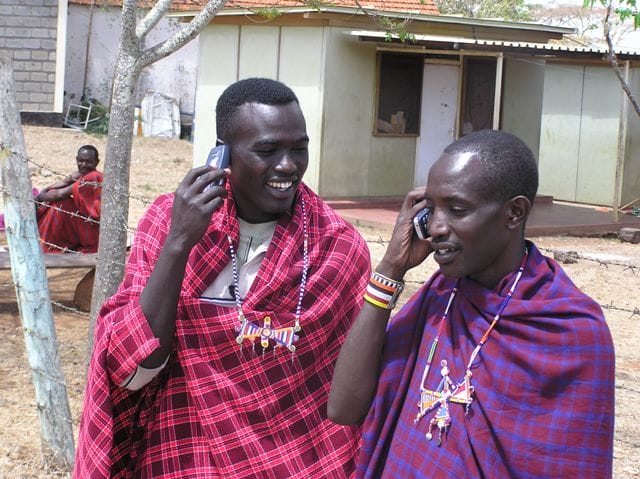 Though it’s a trend that’s now spreading across the globe, the rise
of mobile payments can be directly traced back to Africa. It’s an
example of how unique conditions give rise to innovative solutions, and
how those innovations catch on. Here’s a brief look at the rise of
mobile payment technology and at the role Africa has played in its
success.
Though it’s a trend that’s now spreading across the globe, the rise
of mobile payments can be directly traced back to Africa. It’s an
example of how unique conditions give rise to innovative solutions, and
how those innovations catch on. Here’s a brief look at the rise of
mobile payment technology and at the role Africa has played in its
success.The Mobile Payment Bandwagon
Just this month, September 2013, a number of British retailers announced their partnership with smartphone payment application Zapp, expected to launch summer 2014. Long before that, in November 2012, global coffee chain Starbucks launched a mobile payment system using Square Wallet, allowing customers to pay for their coffees with a simple scan of their smartphone. In China, the mobile payment market tripled in size over the last year, with a growing number of retailers jumping aboard the e-payments trend.
Clearly, mobile payments are the new face of commerce – both for consumers and, increasingly, within a B2B setting as well. It may not be long until every type of payment – from mortgages and business loans to utilities bills and income tax – is made through mobiles.
Africa Gets There First
This notion of exchanging funds through a mobile phone really took off in Africa. When M-Pesa was launched by Safaricom in Kenya in 2007, it was a simple solution to issues specific to the region. Kenyans who lived far from banks or couldn’t afford banking fees were given the opportunity to send and receive payments through SMS messages. M-Pesa answered these specific problems, but the concept behind the service has proven to have a far broader reach.
After achieving success in Kenya, M-Pesa launched in Tanzania in 2008. Despite getting off to a slow start, the mobile payment services now has 5 million Tanzanian subscribers. It has also launched in South Africa, Afghanistan, India and there’s plans to roll it out in Egypt at some point in 2013.
At the heart of M-Pesa’s success has been efficiency and security. Removing the need to travel to a bank – or even the need to log into online banking – has made the process of transferring funds far easier and faster. Eliminating the need to write a cheque, use cash or enter credit card details has made the process far more secure. Increased efficiency and improved security are qualities that everyone – not just those in the developing world – stands to benefit from.
Thus, though today’s technology has adapted and built upon the M-Pesa model, the world still has Africa – Kenya in particular – to thank for starting the mobile payment revolution.
By Bashir Abbasi
Bashir Abbasi has been writing for the past 30 years on developments in the financial industry.
No comments:
Post a Comment